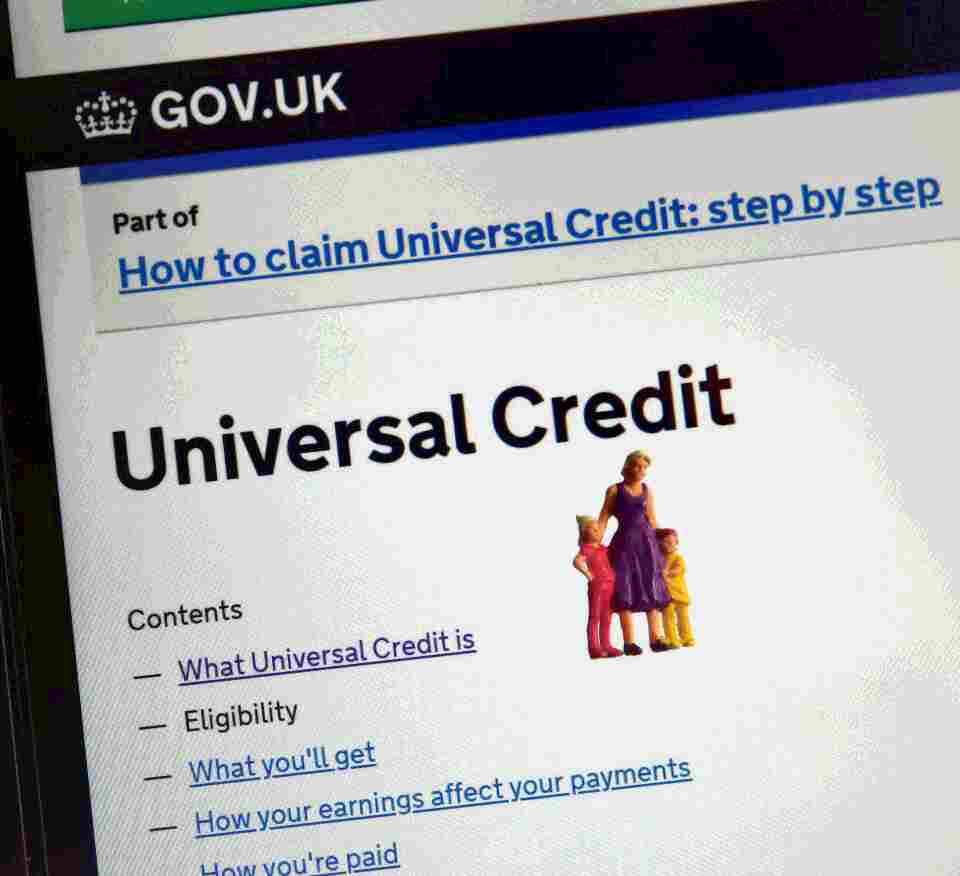Politics
Universal Credit: when will I be moved from legacy benefits including tax credits and ESA?

ANYONE making a new claim for benefits gets Universal Credit automatically.
But there are still millions of people who are already claiming legacy benefits, like working tax credits.
AlamyAround 2.6million people will move to Universal Credit over the next two years[/caption]
Eventually everyone will be moved from the older welfare system on to Universal Credit.
But when will you be moved and how does it work? Here’s what you need to know.
Which benefits are being replaced by Universal Credit?
Universal Credit is replacing six benefits under the old welfare system, commonly called legacy benefits. They are:
Working Tax CreditChild Tax Creditincome-based Jobseeker’s Allowance (JSA)Income Supportincome-related Employment and Support Allowance (ESA)Housing Benefit
There are 2.6million people currently on legacy benefits with the majority of them on ESA.
Another 1million are getting tax credits, while 200,000 are on income support, and 100,000 each are on housing benefit and JSA.
When will I be moved on to Universal Credit?
The government has a goal of moving everyone on to Universal Credit by the end of 2024.
That means between now and then, you’ll be moved on to Universal Credit, but the exact date will depend.
If you have a change of circumstances, like moving home, a change in working hours or a having a baby then this could trigger a move over to Universal Credit.
If you’re on any of these benefits now, you can chose to move over – but you might not be better off.
Most read in Money
You should consider carefully what moving over means for your money, as you can’t move back once you’re on Universal Credit.
Using an online benefits calculator can help you compare and are free and easy to use from charities such as Turn2Us and EntitledTo, and it’s also worth asking them for advice.
If you don’t move over naturally through a change of circumstance or moving voluntarily, you will be invited at some point to do so.
This is known as “managed migration” and will start from May 9, initially with 500 people being invited to move.
But anyone who doesn’t move over naturally will be invited to move by December 2024.
This is when the government hopes to complete its full roll out of Universal Credit.
How does managed migration to Universal Credit work?
If you are required to move to Universal Credit, the Department of Work and Pensions (DWP) will contact you.
You will be asked to submit a Universal Credit claim by a certain date, and if you don’t submit a new claim in time you will lose your benefits.
Once you make a Universal Credit claim your old benefits will end.
You will also have a five week wait for your first Universal Credit payment, which could leave you short.
You can get an advance, which is interest-free, but you’ll pay this back in instalments from future payments which will reduce how much you get each month.
You can read more about Universal Credit advance payments in our guide.
With some benefits you might get paid for two weeks after you start your claim.
That includes: Housing Benefit, Income Support, income-related Employment and Support Allowance and income-based Jobseeker’s Allowance.
With both types if tax credits, payments will stop as soon as you claim Universal Credit and Turn2Us warns that if there’s a delay you could be overpaid tax credits and you might have to pay some money back.
Moving to Universal Credit can affect other benefits you get, so check this carefully too.
For example if you’re getting council tax help you’ll need to tell your local authority you’ve switched to Universal Credit.
It’s best to seek advice before moving to Universal Credit, as well as using a benefit checker to see if you’ll be better off.
You can get free and independent advice from:
EntitletoTurn2UsCitizens Advice
Will I be better off on Universal Credit?
Many people will be better off on Universal Credit compared to legacy beenfits.
But it’s not the case for everyone so check carefully beforehand.
Using an online benefits calculator can help you compare and are free and easy to use from charities such as Turn2Us and EntitledTo, and it’s also worth asking them for advice.
The government’s own calculations show that of the 2.6million people currently on legacy benefits, it estimates that 1.4million will be better off on Universal Credit.
A further 300,000 would see no change, while around 900,000 will be worse off under Universal Credit.
Examples of those who may be entitled to less on Universal Credit according to the government include:
Households getting ESA who and the Severe Disability Premium and Enhanced Disability PremiumHouseholds with the lower disabled child addition on legacy benefitsSelf-employed households who are subject to the Minimum Income Floor after the 12 month grace period has endedIn-work households that worked a specific number of hours (eg lone
parent working 16 hours claiming Working Tax Credits)Households receiving tax credits with savings of more than £6,000 (and up to £16,000)
If you work out that you won’t be better off, then stay put and wait to be moved over through managed migration.
You will get top up payments, known as transitional payments, so you don’t lose cash, but you won’t get them if you move across voluntarily.
Read More on The Sun
If you get a severe disability premium (SDP) you could get extra payments on top of Universal Credit known as a transitional element.
This is the case whether you move over yourself or via managed migration.
We pay for your stories!
Do you have a story for The Sun Online Money team?
Email us at money@the-sun.co.uk

